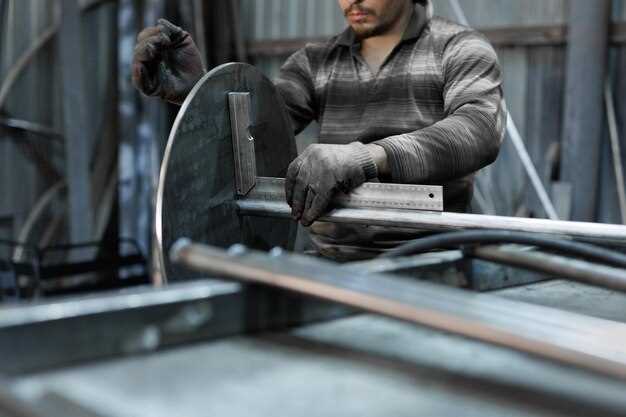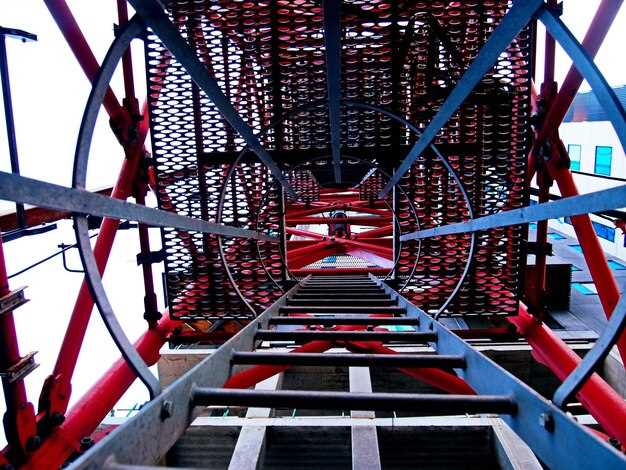
When it comes to enhancing the safety of your vehicle, especially for high-performance racing or off-road adventures, installing a roll cage is one of the most effective modifications you can undertake. A well-designed roll cage provides crucial structural support in the event of a rollover or collision, significantly reducing the risk of injury for the driver and passengers. This guide will walk you through the essential steps and considerations when installing a roll cage in your vehicle.
As you prepare to hit the track or navigate challenging terrains, understanding the importance of a robust roll cage becomes paramount. Not only does it protect the occupants, but it also enhances the overall stability of your vehicle, allowing for improved handling and performance during extreme maneuvers. The installation process may seem daunting, but with careful planning and the right tools, you can achieve a professional-level setup that meets safety regulations.
In this guide, we will cover various factors to consider when choosing and installing a roll cage, including material selection, the different types available, and compliance with safety standards. We aim to equip you with both knowledge and confidence, ensuring that your ride is not only faster but also safer on the road and the track. Prepare to delve into the necessary steps to make your vehicle a fortress of safety and performance.
Choosing the Right Roll Cage Design for Your Car

When selecting a roll cage for your vehicle, you must consider various factors to ensure optimal safety and performance. The first step is to determine the intended use of your car. Different activities, such as track racing, off-roading, or street driving, require distinct cage designs to provide the necessary safety while adhering to regulations.
There are several designs available, including full cages, half cages, and diagonal braces. A full cage offers the best protection by enclosing the driver and passengers in a comprehensive structure, ideal for competitive racing. A half cage, which covers only part of the vehicle, can be suitable for lighter use but may not provide the same level of safety. Additionally, diagonal braces can enhance rigidity and help prevent torsional flex, which is crucial during high-speed maneuvers.
Material choice is also critical in roll cage design. Most cages are made from either mild steel or chromoly steel. Chromoly offers a higher strength-to-weight ratio, making it a popular upscale option, while mild steel is generally easier to work with and more cost-effective. Understanding the trade-offs between these materials will help you achieve a balance between safety and budget.
Compliance with safety standards is paramount. Check the requirements set forth by organizations such as the FIA or SCCA for your specific sport or application. These standards dictate the minimum specifications for tube diameter, wall thickness, and cage configuration. Adhering to these regulations not only enhances your safety but may also be essential for event eligibility.
Lastly, consider the installation process. A well-designed roll cage will integrate seamlessly with your vehicle’s structure, minimizing weight gain and maintaining accessibility to essential components. Professional installation may be advisable to ensure that the cage is fitted correctly and effectively enhances safety without compromising your vehicle’s performance.
Step-by-Step Installation Process for a Roll Cage
Installing a roll cage is essential for enhancing the safety of your vehicle, especially if you plan to take it on the track. Follow this step-by-step guide to ensure a proper installation of the roll cage.
Step 1: Gather Necessary Tools and Materials
Before beginning the installation, collect all required tools, such as a socket set, wrenches, a drill, and safety equipment like gloves and goggles. Ensure you have the roll cage kit, which should include the main hoop, crossbars, and mounting hardware.
Step 2: Prepare the Vehicle
Clear out the interior of your vehicle, removing seats, carpets, and any obstructions in the way. This will allow you to access the mounting points more easily while ensuring a clean working environment.
Step 3: Position the Roll Cage
Carefully position the main hoop of the roll cage inside your vehicle. It should fit snugly against the roof and align with the rear mounting points. Use a level to ensure that it is straight before moving on to the next step.
Step 4: Mark and Drill Mounting Holes
Once the roll cage is in position, mark the areas where you will need to drill holes for the mounting bolts. Use a drill to create the necessary holes, ensuring they are smooth and free from sharp edges to prevent any damage to the cage or surrounding components.
Step 5: Install the Main Hoop
Insert the mounting bolts through the drilled holes and secure the main hoop of the roll cage. Use the appropriate washers and nuts to ensure a tight fit. Verify the alignment once more before tightening everything fully.
Step 6: Attach Crossbars and Additional Supports
Proceed to install the crossbars and any additional supports provided in your roll cage kit. These components should be fitted according to the manufacturer’s instructions, ensuring proper structural integrity and safety enhancements.
Step 7: Double-Check Your Work
After everything is installed, double-check all bolts for tightness and ensure that the roll cage is securely fastened. A properly installed roll cage is vital for achieving optimal safety during track use.
Step 8: Final Inspection and Clean-Up
Conduct a final inspection of the installation, making sure there are no loose parts or sharp edges. Reinstall any necessary interior components that were removed during the process, and clean the workspace to leave it tidy.
Safety Regulations and Compliance for Track Racing

When participating in track racing, ensuring the highest level of safety is paramount. One of the main requirements is the installation of a roll cage, designed to protect drivers in the event of a rollover or collision. Regulations governing roll cages vary depending on the motorsport organization, but all share a common goal: to enhance driver safety.
Different racing series have specific guidelines regarding the construction and materials used in roll cages. Typically, cages must be made from steel or aluminum and adhere to precise dimensions and configurations to maximize their effectiveness. Competitors should refer to the official rulebook of their racing series for details on these specifications.
In addition to structural integrity, the placement of the cage within the vehicle is crucial. It must not obstruct the driver’s accessibility or visibility and should allow for the proper installation of safety harnesses and seats. Compliance with these placements not only meets regulatory standards but also significantly increases the safety of the race car.
Drivers are also advised to invest in proper safety gear, including helmets, fire suits, and gloves, as recommended by the racing governing bodies. The integration of personal protective equipment works in tandem with the roll cage to ensure increased safety on the track.
Before a vehicle can participate in competitive racing, it often undergoes a technical inspection to verify compliance with all safety regulations, including roll cage standards. Failure to meet these requirements can result in disqualification from events, emphasizing the importance of adherence to safety measures.
In summary, understanding and implementing the required safety regulations and compliance measures for track racing, particularly regarding roll cages, is essential for any competitor. Prioritizing these factors not only contributes to personal safety but also enhances the overall integrity of the sport.



